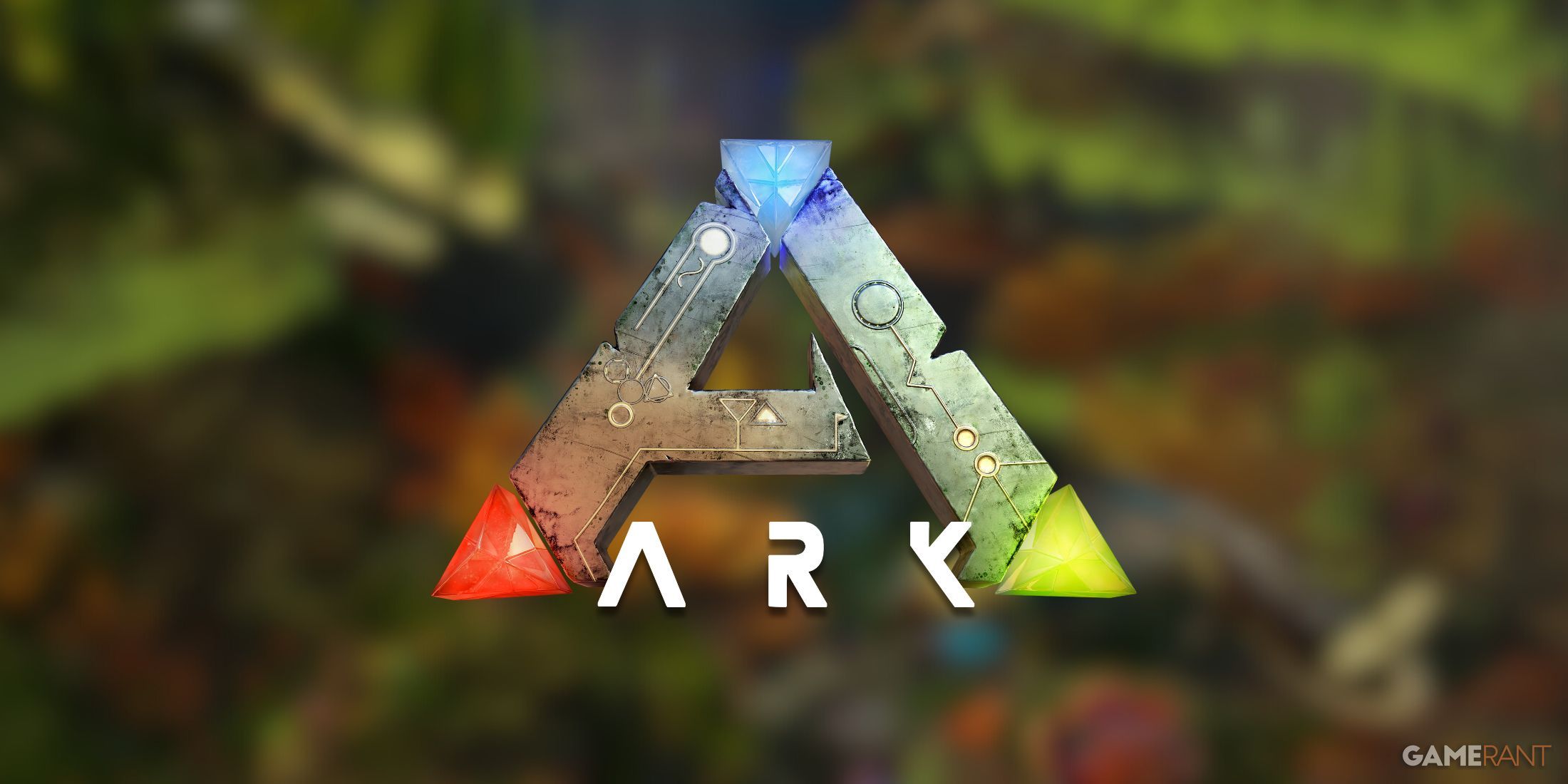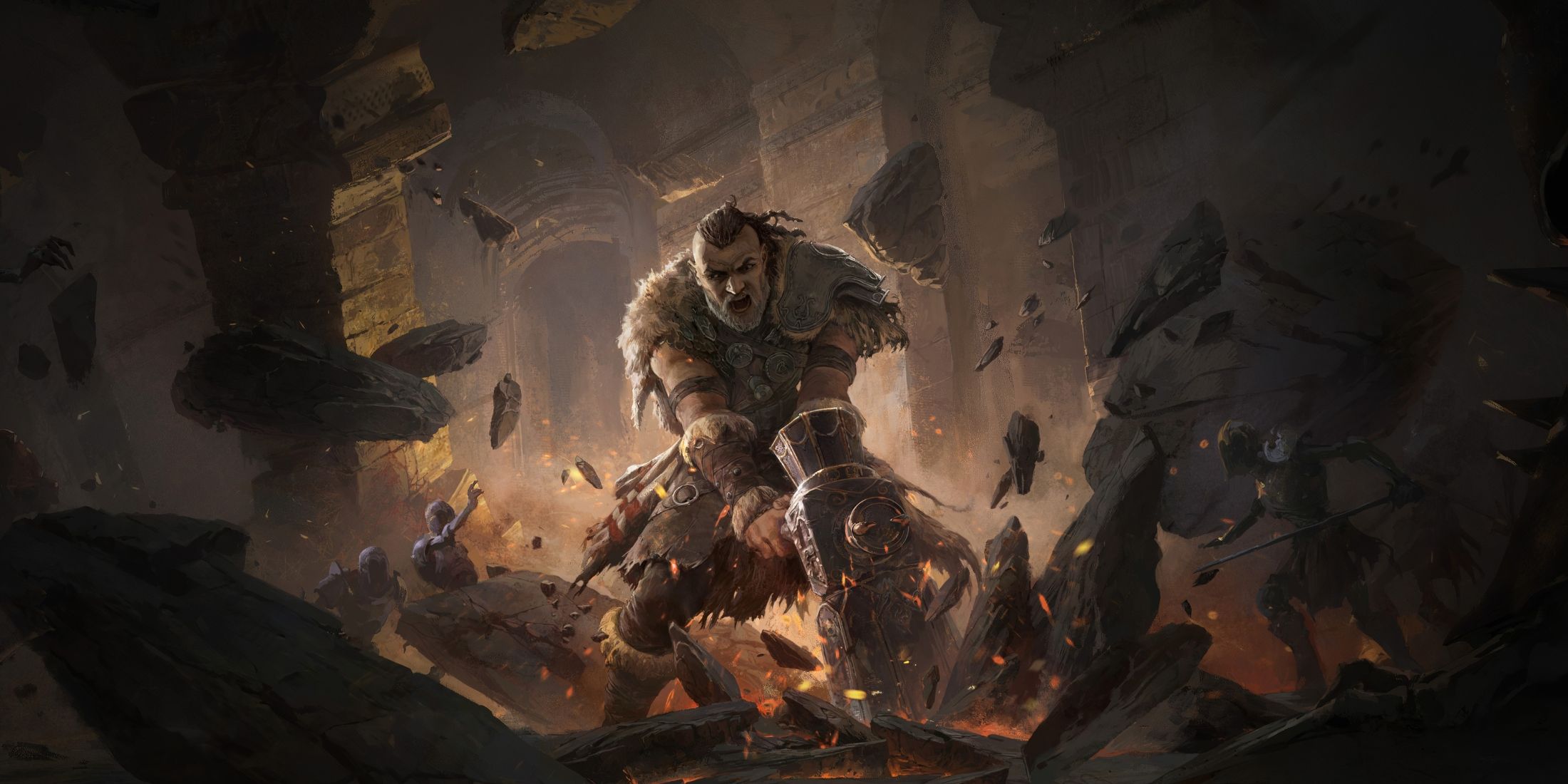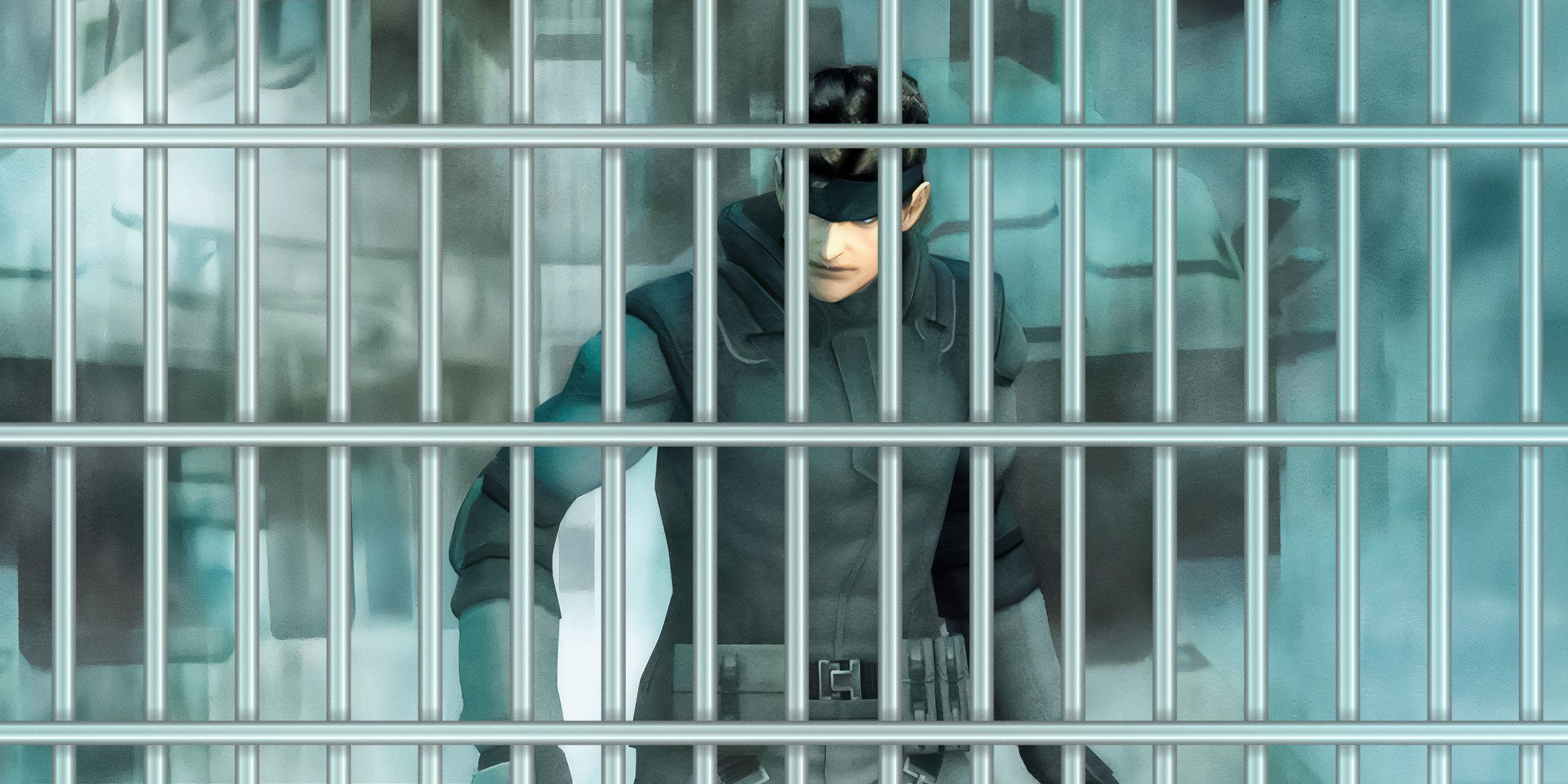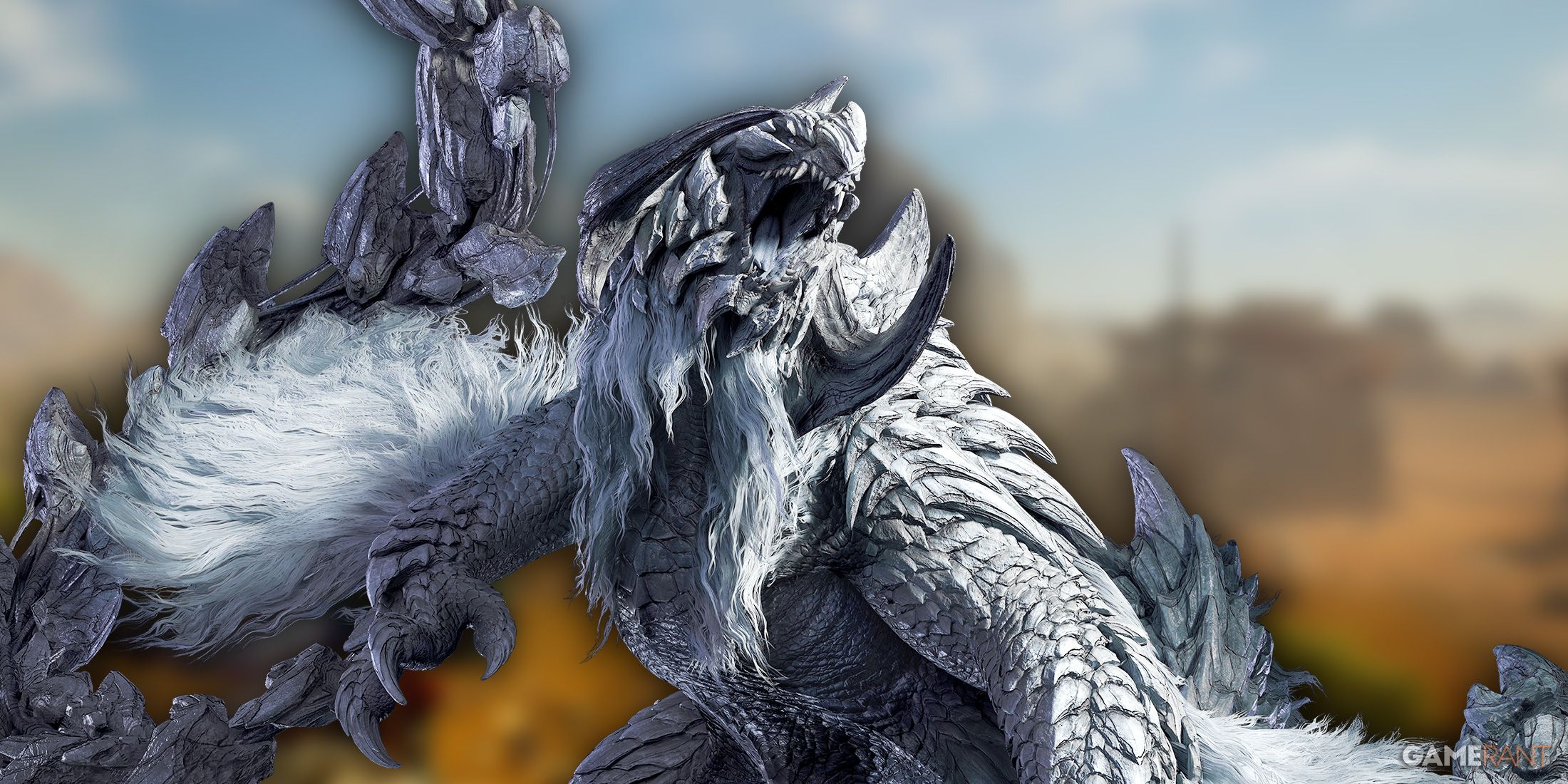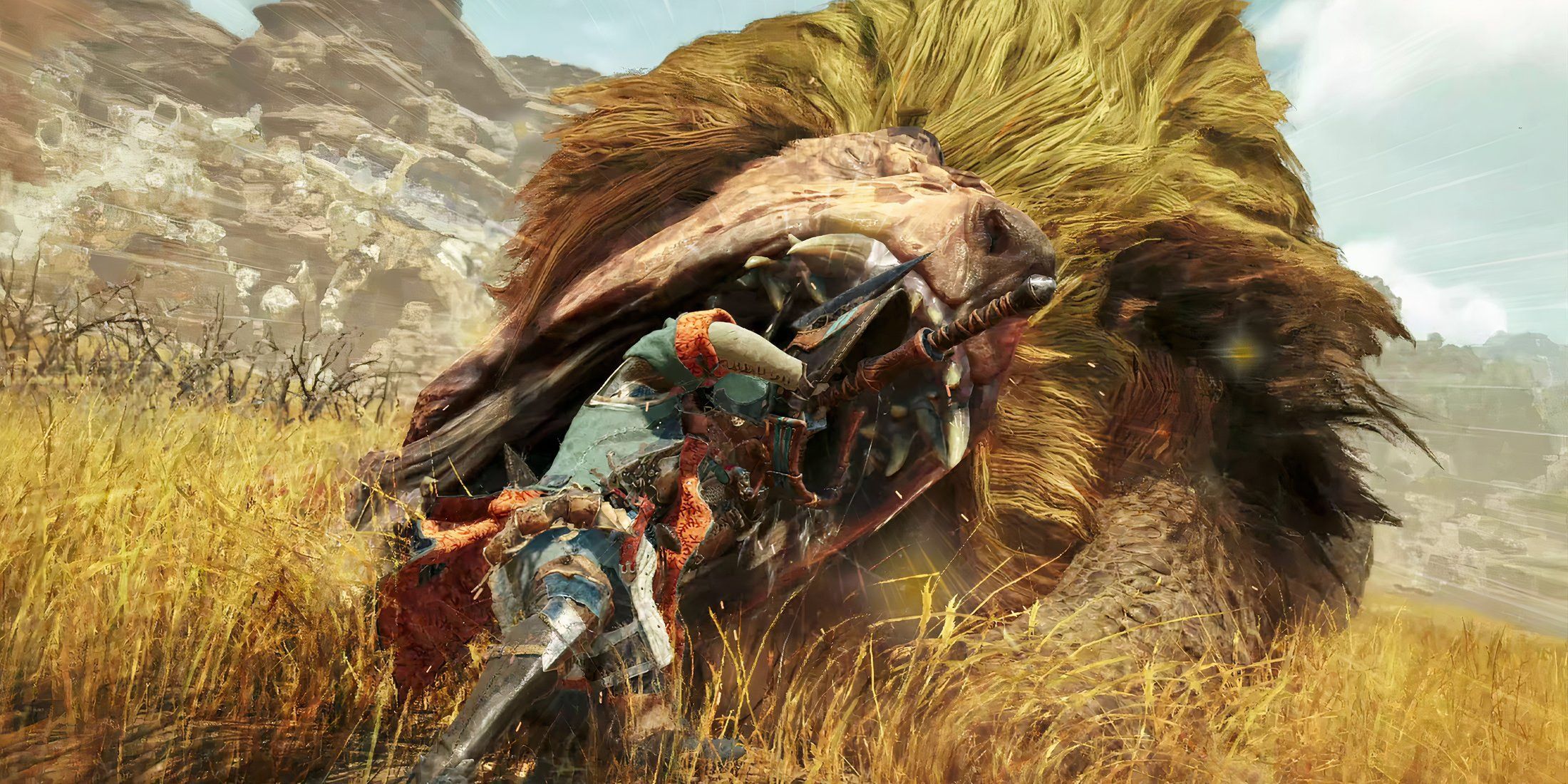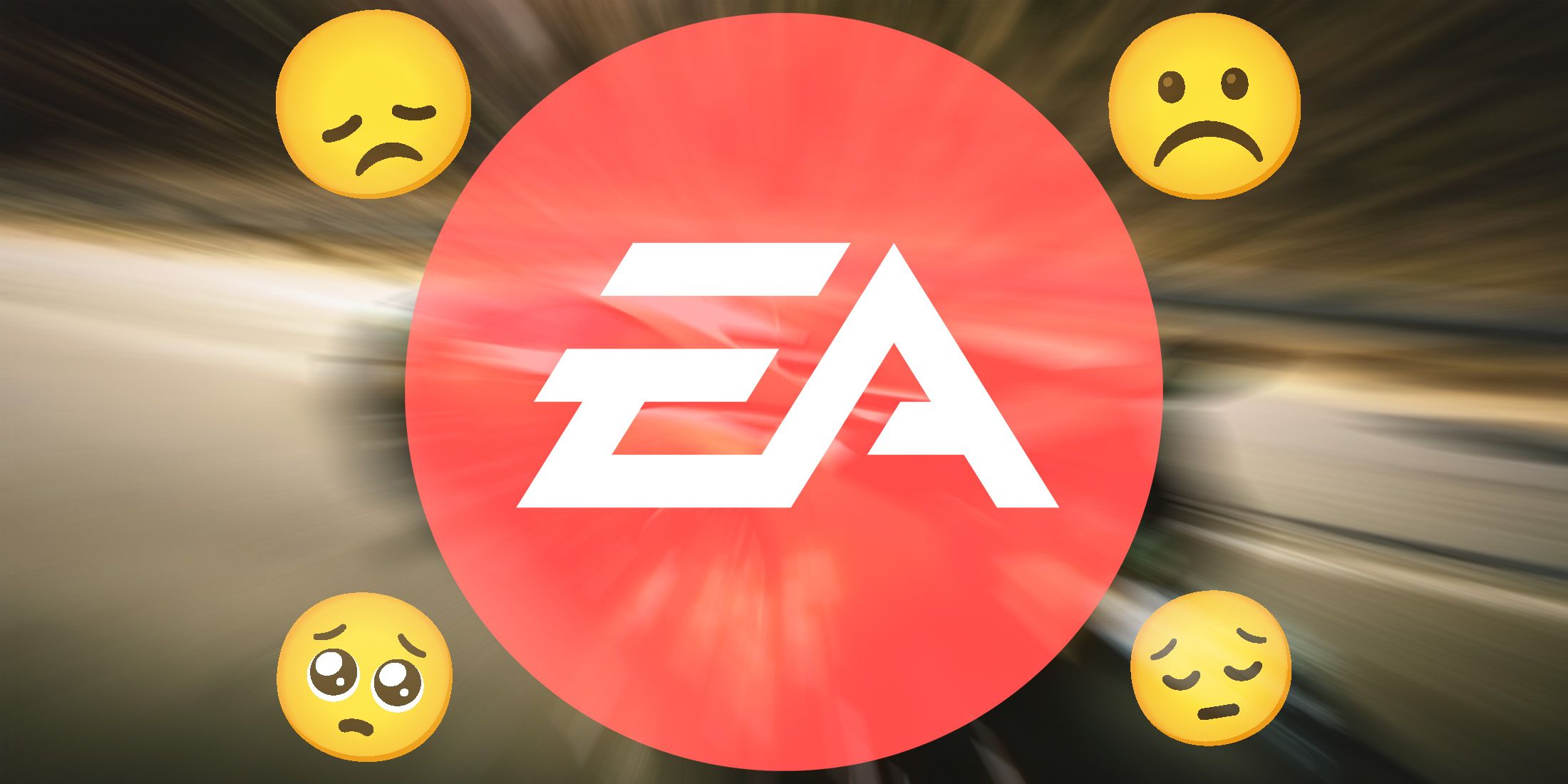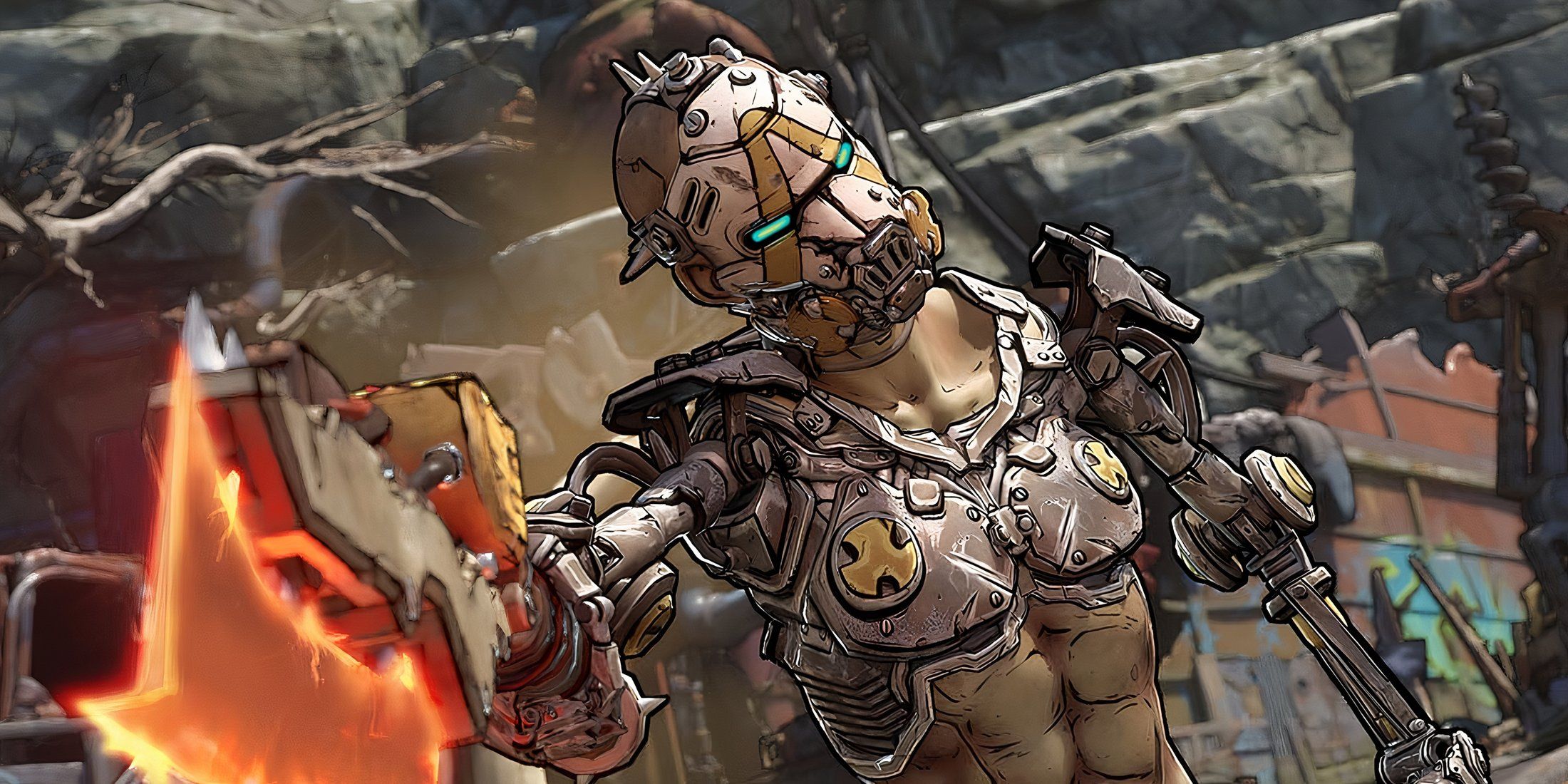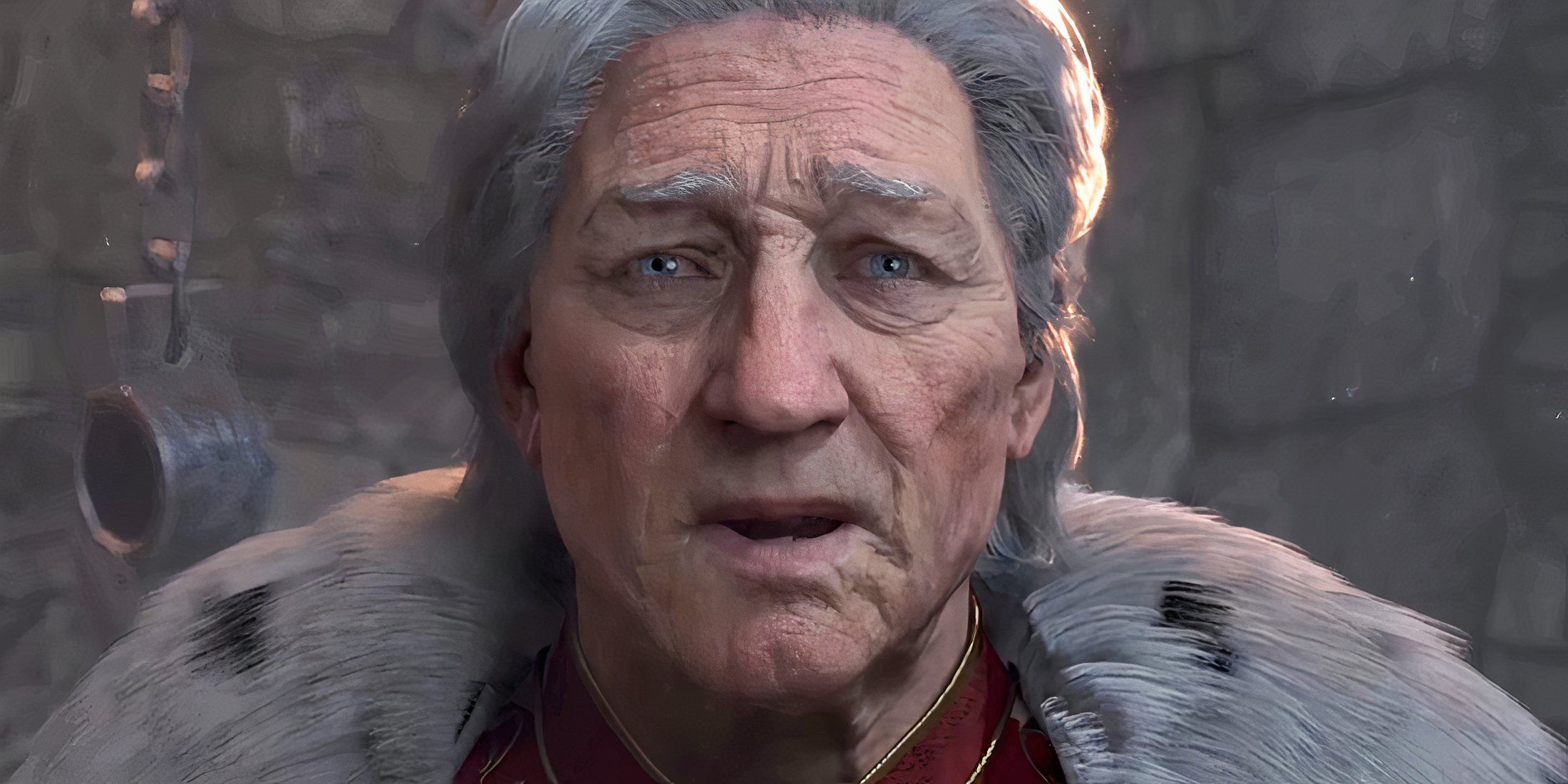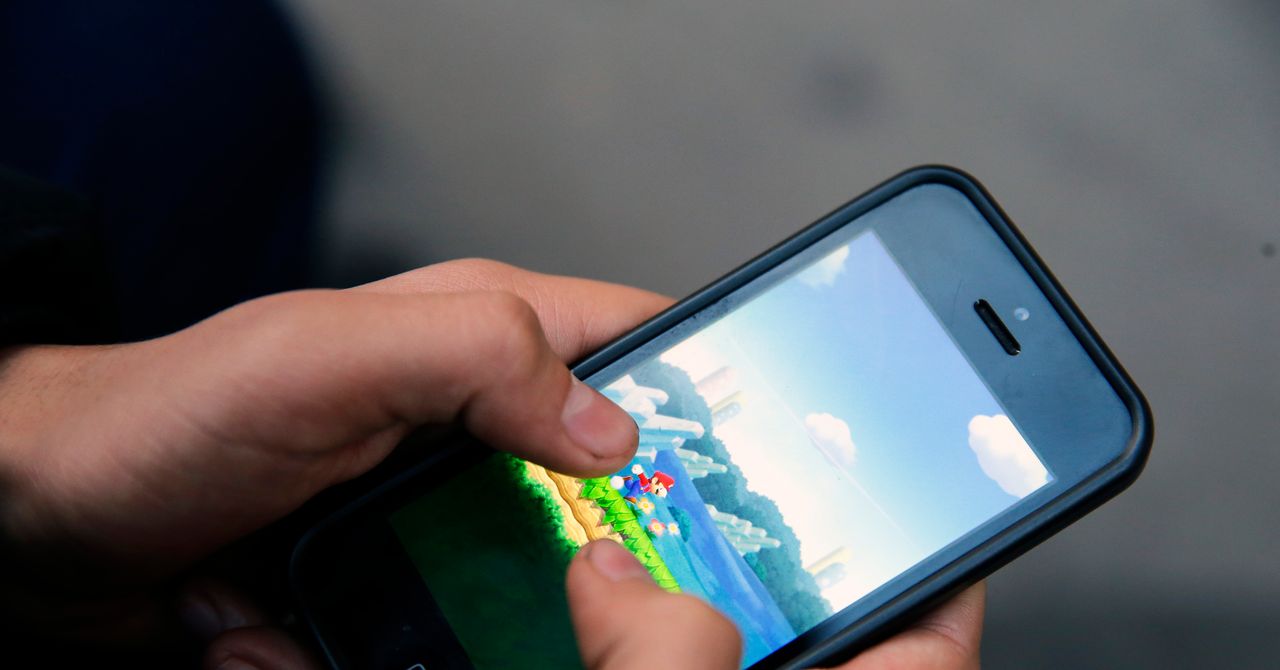
Of course I'm not the first to look at the physics in Super Mario Bros---there was this interesting paper looking at the optimal jump to get to the highest point on the flag at the end of the level. There is also a nice page looking at the acceleration of jumping Mario in the different games. Good stuff.
But there's a new game out---Super Mario Run on iOS and Android. This is a great chance to take another look at the physics of Mario.
Video AnalysisThe best way to get data from a video game is to first capture the action and then use video analysis. With video analysis, I can get position-time data by looking at the location of the object in each frame. There are enough important details that I could actually write a book on video analysis (which I did), so I will just include some notes.
How do you get video from your phone to your computer? I like this excellent trick for the iPhone with an Apple computer. Connect the phone to the computer with USB and then you can record the screen as a movie with QuickTime. Yes, this can be very useful.What program should you use? I think the two most common programs are Tracker Video Analysis (this is what I use) and Vernier's Logger Pro. Tracker is free and has more tools, but Logger Pro is pretty cheap and many students are already familiar with it.What do you do about the moving background? Yes, this is a problem. Essentially you have to move the origin of the coordinate system for each frame---but this isn't too difficult.What about the scale? How big is Mario? OK, this is trickier. There are really three important things: the acceleration, the scale, and the frame rate. If you know two of these things, you can find the third. But what about in this case? I am going to start off with the assumption that the frame rate is "real time" and then use a distance scale of one coin. After that, I can decide what to do.
